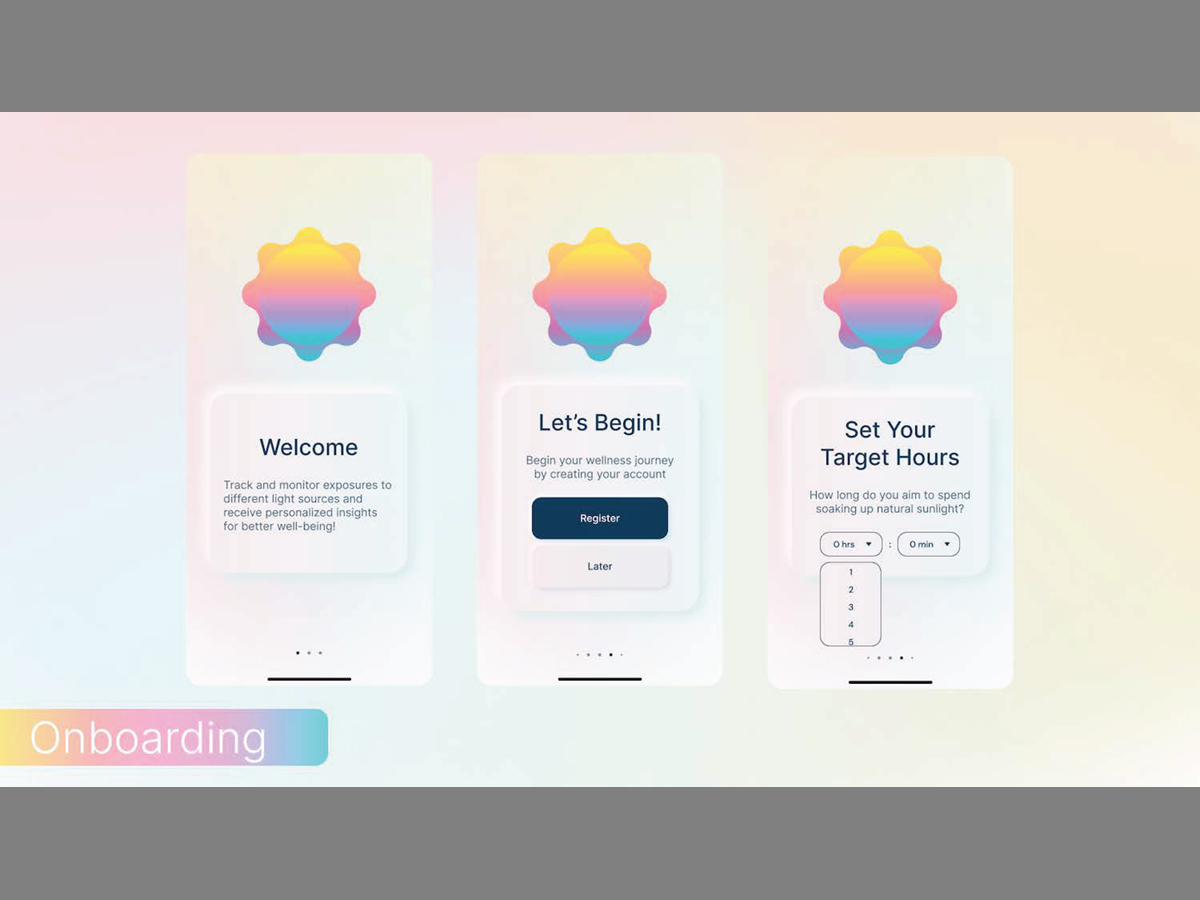Ting Zhou
Assistant Professor
University of Connecticut
The mental health crisis is a significant challenge currently affecting college students. According to data from the Healthy Minds Study, which surveyed 76,406 students across the country, 41% of college students experienced depression, 36% experienced anxiety, 14% experienced eating disorders, 14% had suicidal ideation during the 2022-2023 academic year. The main barriers to help-seeking are “no need for services” (35%) and “not enough time” (24%). (HMS National 2022-2023 Data Report) Given that 97% of Americans ages 18-29 own a smartphone (Pew Research Center, 2021), the mHealth (mobile Health) application has been one of the primary tools for wellness management, especially during COVID-19. It expands accessibility to support mental health and coping skills, helping students flourish on college campuses. Design thinking (DT) is the fundamental theory in UI/UX design that helps people to become more innovative and creative (Brown T., 2009).
This study aims to explore the integration of mental health support into design education by teaching students to design mHealth applications. The focus is on utilizing human-centered design principles to address mental health challenges among college students. Design students were guided through the design thinking process (empathize, define, ideate, prototype, test) to develop mHealth applications targeting mental health and wellness. Projects were based on students’ personal interests and experiences in mental health, addressing conditions such as ADHD, bipolar disorder, anxiety, sobriety, seasonal affective disorder (SAD), and dissociative identity disorder (DID). Collaborative work, peer feedback and positive psychology were integral to the whole process, fostering a supportive learning environment.
Through the human-centered design process, students gained profound knowledge of mental health issues on campus and developed innovative solutions tailored to specific user needs. The collaborative approach promoted a culture of empathy and understanding, making students more comfortable discussing mental health and recognizing the importance of self-care. This method normalized help-seeking behavior and integrated positive psychology into their daily lives. It not only prepares future designers to create accessible mental health support tools but also promotes their own mental well-being and professional development.
References
- Pew Research Center. (2021). Mobile fact sheet. Retrieved from https://www.pewresearch.org/internet/fact-sheet/mobile/ on 6th of August, 2021.
- Brown, T. (2009). Change by design: how design thinking transforms organizations and inspires innovation. [New York], Harper Business.
This design research is presented at Design Incubation Colloquium 11.1: Boston University on Friday, October 25, 2024.
